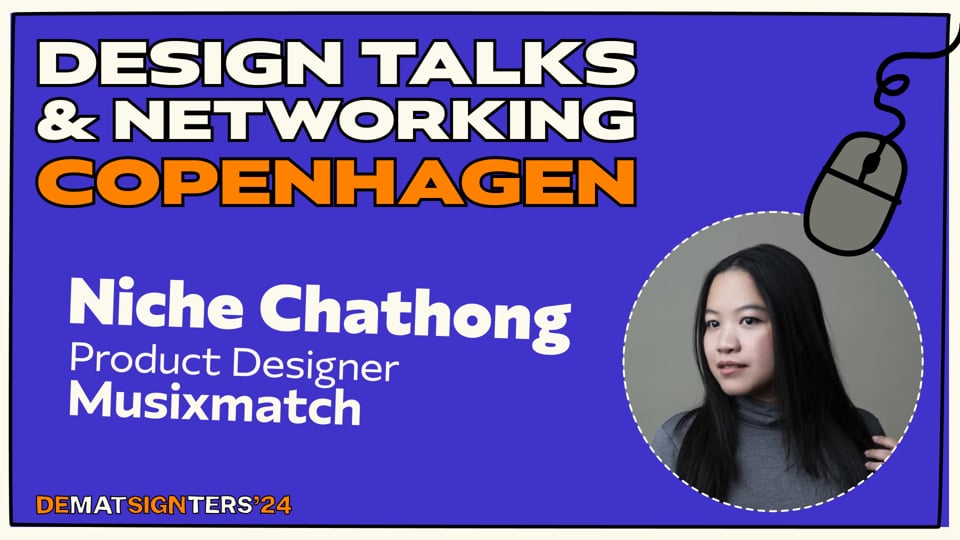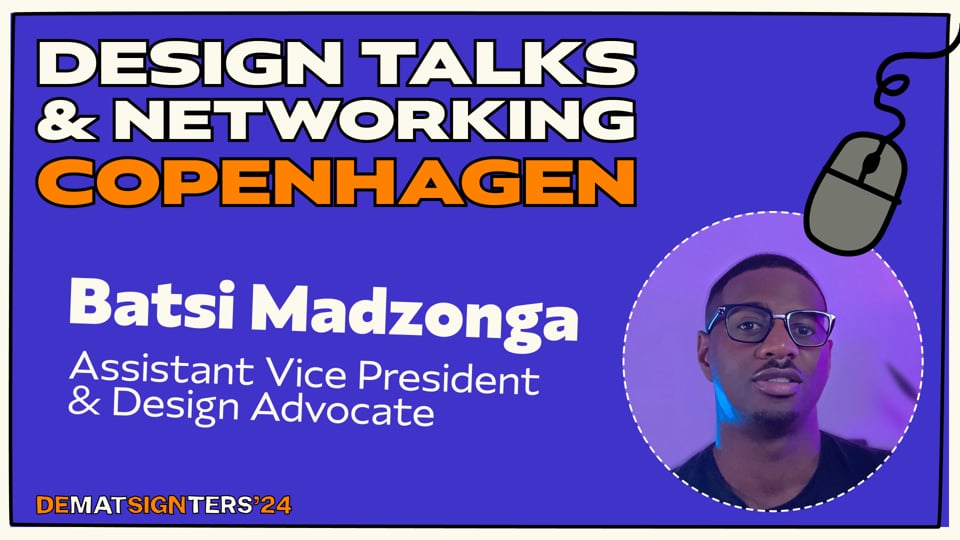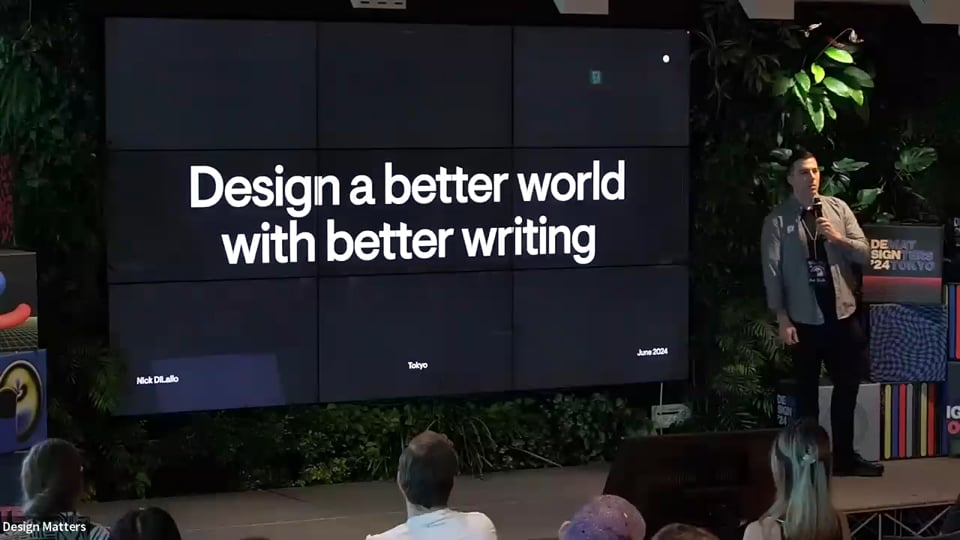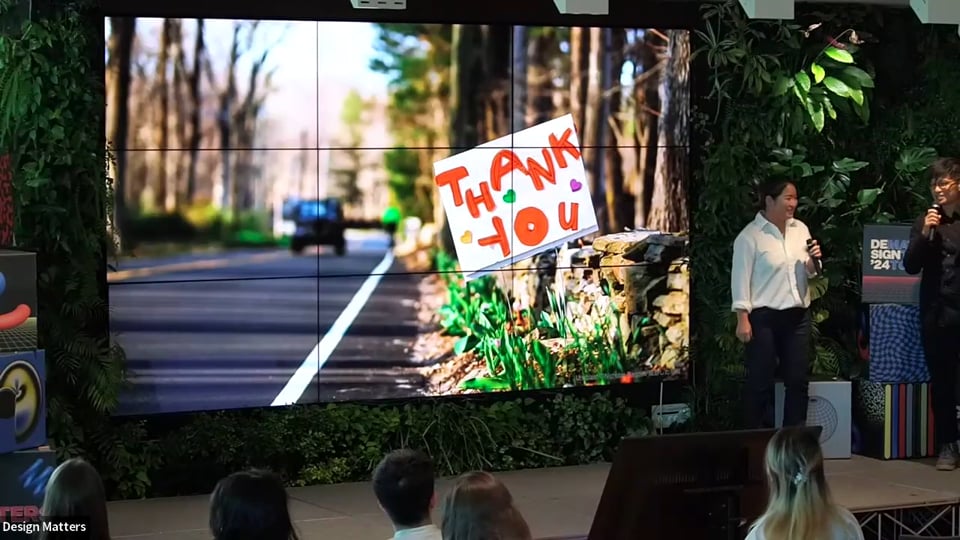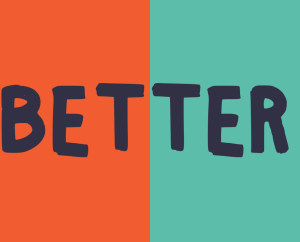Nerd Talk
ENG // Lessons Learned so Far
Jan 31, 2024The digital world is changing so fast that it’s almost impossible to keep up. It’s overwhelming and it feels like you would need to spend a couple of hours daily just reading the news to know what’s going on. Every day brings a new clickbait headline saying that “this technology” or “that product” will change the industry and take your job. Some of those articles are pretty close to the truth because things like generative AI are already changing the game, and soon, they will make some specializations obsolete or redundant. But have no fear, because the history of progress shows that every change brings opportunity, and every major technology breakthrough creates more jobs than it obliterates. My talk will focus on exploring the near future and describing the areas where I see a big need for designers now and in years to come. There are many places and industries where AI and automation won’t replace designers for some time. I’m going to share my story and experiences and tell you: – why it’s good to be a specialist, and how a domain specialization (or industry focus) can be your superpower – why knowledge about no-code tools and understanding front-end (and sometimes back-end) is becoming a must for product designers – how to approach innovation with a good mindset (why you shouldn’t be afraid of the change) – why it’s good to be an early adopter and why it’s always worth to jump on a hype-train – why designer skills are a good foundation for launching your own startup
Karol Oponowicz
Co-founder, Order Group
Karol is the Co-founder of Order Group (a tech company designing advanced IT solutions for the energy industry). His interests oscillate mainly around the design of industrial tools, innovation in the energy sector, R&D, rapid prototyping, and improving the product design process. For more than 10 years, as part of the Order Group, he has conducted workshops to help define and design IT solutions for companies in many industries, including aviation, finance, transportation, real estate, and security. He is working with startups from Norway, Sweden, and the US to implement innovative solutions in Thermal Energy Storage, Virtual Power Plants, and Vehicle2Grid (balancing the grid using a fleet of electric cars).



